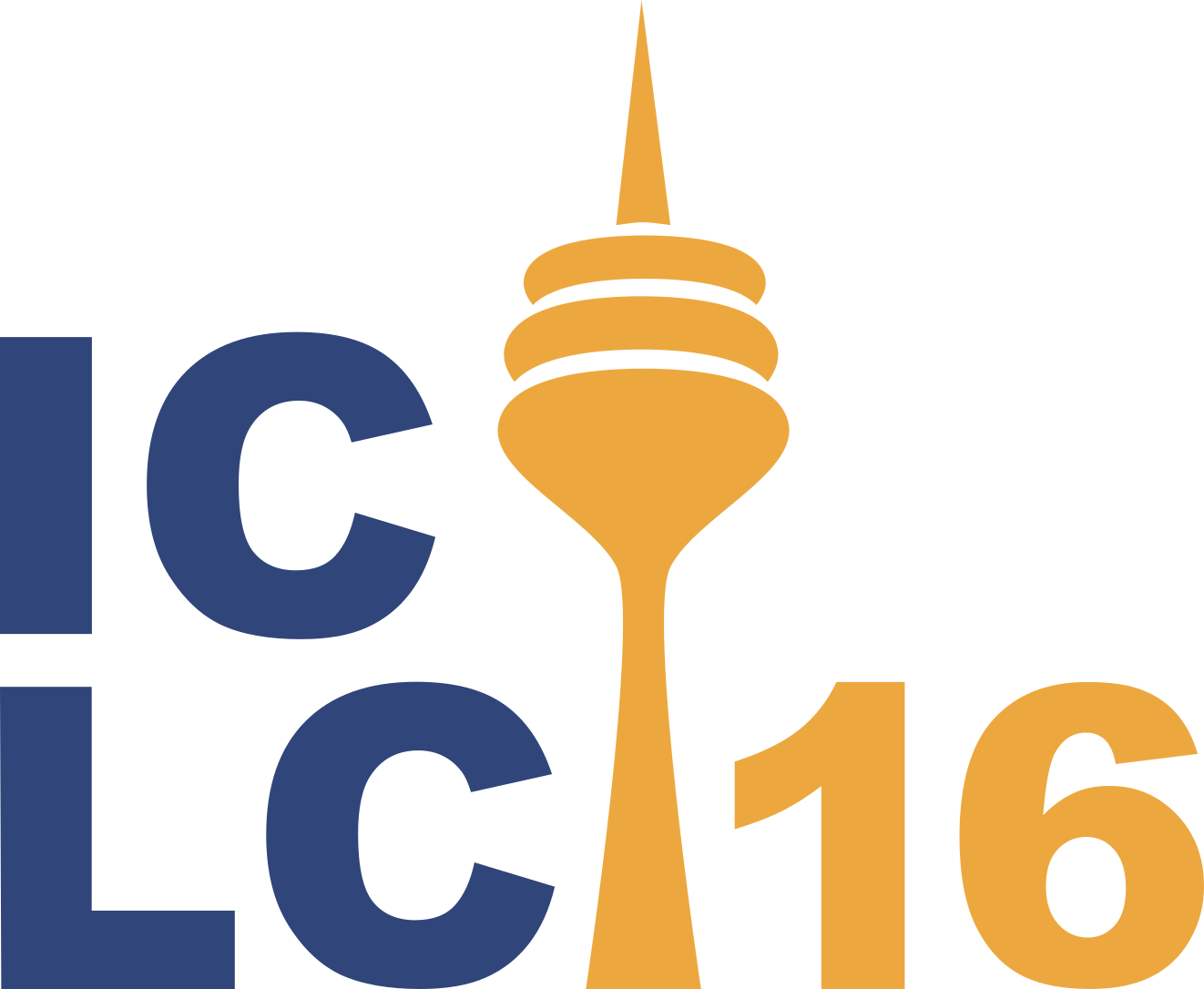Natalia Levshina & Anita Slonimska
Communicative efficiency has been a prominent theme in linguistics and cognitive science (Hawkins 2004; Gibson et al. 2019; Levshina & Moran 2021; Levshina 2022a). It is argued that language users try to communicate efficiently, saving time and effort while making sure that they transfer the intended message successfully. Examples of efficient linguistic behaviour include the negative correlation between the length of referential expressions and accessibility of their referents (Ariel 1990; Arnold 2010), omission of unimportant or predictable arguments (Goldberg 2005; Givón 2017), phonological reduction of predictable units (Aylett & Turk 2004; Cohen Priva 2008; Seyfarth 2014), Zipf’s law of abbreviation (Zipf 1965[1935]; Piantadosi, Tily & Gibson 2011), omission of complementizers and relativizers in predictable contexts (Jaeger 2010; Wasow et al. 2011), minimization of domains and syntactic dependencies (Hawkins 2004; Ferrer-i-Cancho 2006; Liu 2008; Futrell, Mahowald & Gibson 2015), diverse markedness phenomena (Kurumada & Grimm 2019; Haspelmath 2021), and many, many others.
Despite this wealth of evidence and ideas, there remain a lot of open questions and challenges. First of all, how do efficient strategies, as well as costs and benefits of communication vary across different modalities? Are the main principles guiding efficient behaviour by users of spoken languages applicable to signed languages and co-speech gestures (cf. Napoli, Sanders & Wright 2014; Grzyb, Frank & Vigliocco 2022)? Although there are some studies addressing these questions (in particular, Slonimska, Özyürek & Capirci [2020]) on the efficiency of simultaneous encoding of complex events in signed languages), this area requires more attention.
Secondly, accessibility, predictability and similar parameters have been usually quantified based on textual data – from absolute and relative corpus frequencies (Zipf 1965[1935]; Haspelmath & Karjus 2017) to information-theoretic measures (Cohen Priva 2008; Piantadosi, Tily & Gibson 2011; Koplenig 2021). Which of the quantitative measures represent accessibility of units the best and under which conditions, is an open question (Meylan & Griffiths 2021; Koplenig, Kupietz & Wolfer 2022; Levshina 2022b). Moreover, other sources of accessibility, such as extralinguistic context, are usually excluded for practical reasons. There have been promising studies showing how to quantify expectations based on encyclopaedic knowledge of everyday’s frames and scenarios (e.g., Venhuizen, Crocker & Brower 2019), but this task remains a challenge.
Other pertinent questions include the following:
• How much cognitive and articulation effort is actually needed for successful
communication, given that processing and production are only “good enough”, and
somehow people still manage to interact (Ferreira 2003; Goldberg & Ferreira 2022)?
• How much rational Gricean reasoning and theory of mind is involved in efficient
behaviour (cf. Frank & Goodman 2012; Sikos et al. 2021; Turnbull 2019)?
• How does efficiency in production and processing interact with learnability of language
patterns by children and adult learners? What is the impact of communicative efficiency
and learnability on conventionalization and obligatorification of language patterns?
